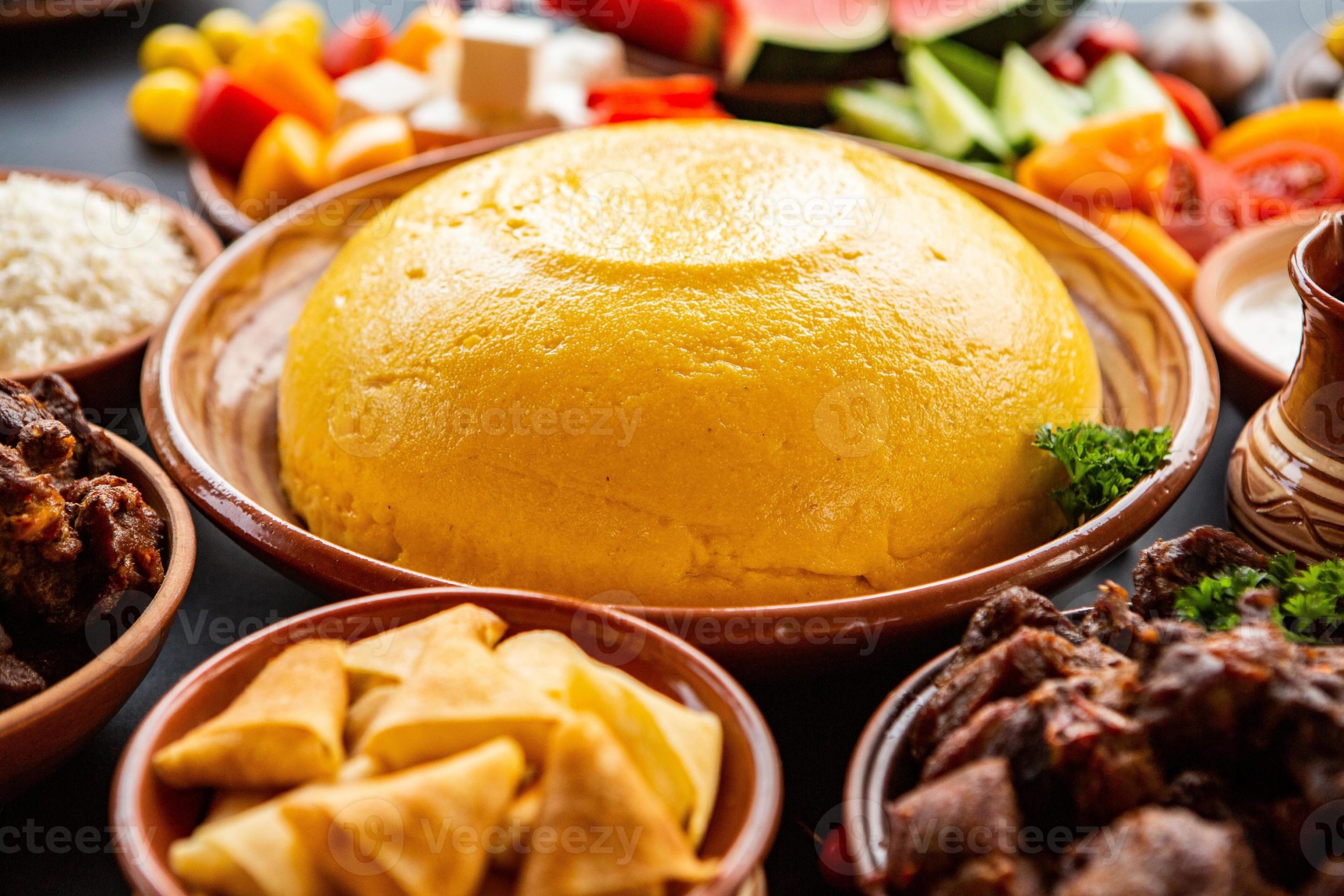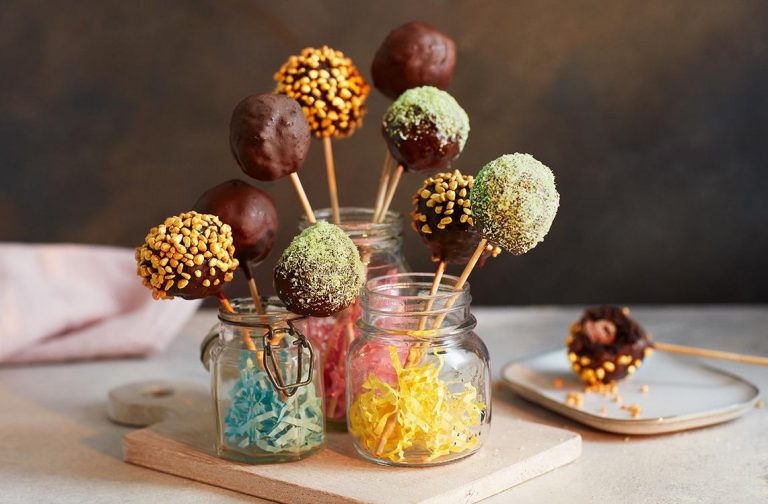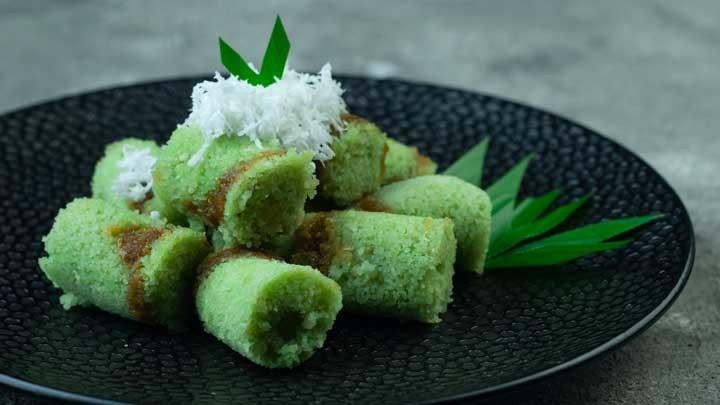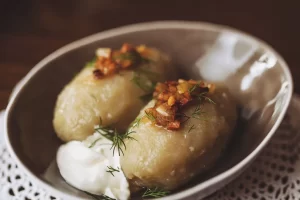When I first visited Romania, I was introduced to a dish that would become one of my favorite comfort foods—Mămăligă. It’s a simple yet rich cornmeal porridge that, though unassuming in appearance, has been a staple in Romanian households for centuries. The first time I tasted it, served alongside hearty stews and fresh cheese, I immediately understood why Mămăligă holds such a central place in Romanian cuisine.
In essence, Mămăligă is the Romanian version of polenta, but it holds a far deeper significance. It’s not just a side dish; it’s a comfort food that has nourished generations and represents the country’s agricultural roots. Over time, Mămăligă has evolved from a humble peasant food into a beloved dish that’s enjoyed across Romania and beyond.
In this article, we’ll explore the history of Mămăligă, how to make it, and some creative variations. Whether you’re making it for the first time or looking to perfect your technique, this article is your guide to this classic Romanian dish.
What is Mămăligă?

A Simple Yet Satisfying Dish
Mămăligă (pronounced mah-muh-LEE-gah) is a traditional Romanian dish made from cornmeal, water, and salt. It’s very similar to polenta, which is popular in Italy and other parts of Eastern Europe, but each country has its own twist on the dish.
In its most basic form, Mămăligă is made by boiling cornmeal in water until it thickens into a creamy, smooth porridge. The consistency can vary depending on personal preference, but it’s often thick enough to slice, making it a versatile side dish that can accompany meats, stews, or cheeses.
Mămăligă can be served fresh and hot as a porridge, or it can be cooled, sliced, and fried or grilled for an even crispier texture. Some Romanians even eat it for breakfast, topped with butter, cheese, or sour cream. The dish is usually a comforting, hearty addition to any meal and is often served alongside flavorful stews, roasts, or sausages.
The History of Mămăligă: A Romanian Tradition
From Peasant Food to National Treasure
Mămăligă has its roots in Romania’s rural, agricultural past. Corn, or maize, was a staple crop for many Romanian farmers, and Mămăligă was originally a practical and affordable dish. It was easy to prepare and required only a few ingredients, making it ideal for poor farmers who relied on cornmeal to feed their families.
In the past, Mămăligă was often served as the main dish during meals, especially in rural areas where meat was less affordable. It was also a versatile dish that could be paired with whatever was available—whether it was a hearty stew, fresh cheese, or sour cream.
Over time, as Romania’s economy and cuisine evolved, Mămăligă grew into a beloved dish enjoyed by people from all walks of life. It became a symbol of Romanian comfort food, much like mashed potatoes or rice in other parts of the world. Today, Mămăligă is served in restaurants, family kitchens, and at celebrations, enjoyed by both young and old alike.
How to Make Traditional Mămăligă
A Simple Recipe for a Hearty Dish
Making Mămăligă at home is surprisingly easy and requires only a few basic ingredients. Here’s how to make this comforting Romanian dish:
Ingredients:
- 1 cup cornmeal (preferably medium or coarse)
- 4 cups water
- 1 tsp salt
- 2 tbsp butter (optional, for extra richness)
Method:
- Boil the Water: Start by bringing 4 cups of water to a boil in a large pot. Add the salt to the water, stirring until it dissolves.
- Add the Cornmeal: Slowly pour the cornmeal into the boiling water while continuously stirring to prevent lumps. I like to add the cornmeal gradually, ensuring it’s fully incorporated without clumping together.
- Cook the Mămăligă: Once the cornmeal is added, lower the heat and continue to cook the mixture for about 15-20 minutes, stirring frequently. You’ll notice the mixture thickening as it cooks. If you prefer a thicker Mămăligă, you can add a little more cornmeal. Keep stirring to ensure a smooth texture.
- Finish with Butter: Once the Mămăligă has thickened to your desired consistency, stir in butter for extra creaminess and richness. This step is optional, but it does add a lovely touch to the final dish.
- Serve: Mămăligă can be served fresh and hot as a porridge, or it can be allowed to cool slightly and sliced into wedges. Serve it alongside meats, stews, cheese, or just as a hearty meal on its own.
Variations of Mămăligă: How to Make It Your Own
Different Ways to Enjoy Mămăligă
While the traditional Mămăligă recipe is delicious on its own, there are many variations and creative ways to enjoy it. Here are some popular twists on the classic dish:
- Mămăligă with Cheese: One of the most common ways to enjoy Mămăligă is with cheese. Feta, brânză de burduf (a Romanian sheep’s cheese), or telemea (a salty, crumbly cheese) are often crumbled over hot Mămăligă. The cheese melts into the warm cornmeal, creating a rich and comforting dish.
- Mămăligă with Sour Cream: Adding a generous dollop of sour cream to Mămăligă is another favorite variation. The sour cream adds tanginess and richness that complements the cornmeal’s texture beautifully.
- Fried Mămăligă: After the Mămăligă has cooled and solidified, you can slice it into pieces and fry or grill it for a crispy texture. Fried Mămăligă is often served as a side dish or topped with sautéed mushrooms, cheese, or even a fried egg.
- Mămăligă with Meat: In many Romanian households, Mămăligă is served as a side dish to meaty stews, sausages, or roast meats. One popular dish is Mămăligă cu Sarmale, where the Mămăligă is served alongside Romanian stuffed cabbage rolls (sarmale).
Mămăligă’s Cultural Significance
A Symbol of Romanian Hospitality
Mămăligă holds a special place in Romanian culture and is often considered a symbol of hospitality and tradition. Whether it’s served to guests at a family gathering or enjoyed during a quiet meal at home, Mămăligă represents the warmth and generosity of Romanian cuisine.
In rural areas, Mămăligă is often associated with celebrations and communal gatherings. The process of making it can be a shared experience, bringing families and friends together. In fact, it’s common for Romanian meals to feature Mămăligă as a centerpiece, served with hearty meats, stews, and fresh dairy products.
Conclusion: Enjoy the Heart of Romanian Comfort Food
Mămăligă is more than just a cornmeal porridge—it’s a dish that embodies the soul of Romanian home cooking. With its simple ingredients and rich flavors, it’s a comforting meal that has stood the test of time. Whether you enjoy it plain with a dollop of sour cream, as a crispy fried version, or with a hearty stew, Mămăligă is sure to satisfy your hunger and warm your heart.
If you’re looking to explore Romanian culinary, Mămăligă is the perfect starting point. It’s a dish that not only fills your belly but also connects you to the traditions and culture of Romania. So, grab some cornmeal, follow the recipe, and enjoy a taste of Romanian hospitality in your own kitchen!



















